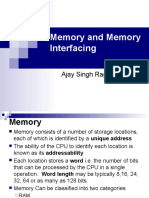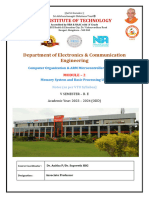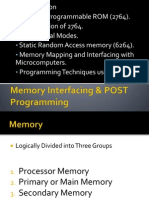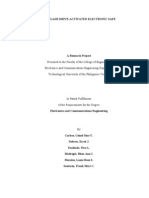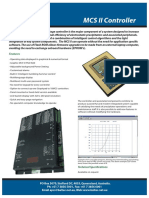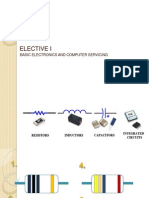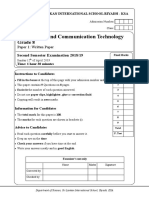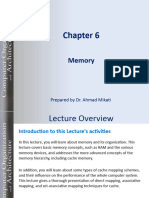0% found this document useful (0 votes)
6 views7 pages2 Computer Storage
The document provides an overview of computer storage, detailing primary and secondary storage types, including their characteristics and differences. It explains semiconductor memory organization, including the roles of RAM and ROM, and discusses memory operations such as reading and writing data. Additionally, it covers the structure of memory chips and the significance of memory size and addressing.
Uploaded by
mwanamagendoCopyright
© © All Rights Reserved
We take content rights seriously. If you suspect this is your content, claim it here.
Available Formats
Download as PDF, TXT or read online on Scribd
0% found this document useful (0 votes)
6 views7 pages2 Computer Storage
The document provides an overview of computer storage, detailing primary and secondary storage types, including their characteristics and differences. It explains semiconductor memory organization, including the roles of RAM and ROM, and discusses memory operations such as reading and writing data. Additionally, it covers the structure of memory chips and the significance of memory size and addressing.
Uploaded by
mwanamagendoCopyright
© © All Rights Reserved
We take content rights seriously. If you suspect this is your content, claim it here.
Available Formats
Download as PDF, TXT or read online on Scribd
/ 7

























